We asked our Creative Community Fellows to talk about creative placemaking and the work they are currently doing in their communities. There were a lot of similar opinions that arose out of these conversations, but also some disconnect, disagreement and debate of what these terms and roles mean. Throughout the week we’re going to be showing you these conversations and taking a closer look at the results that really got us thinking. Take a look at the outcomes of these conversations overall:
How do you define “community?”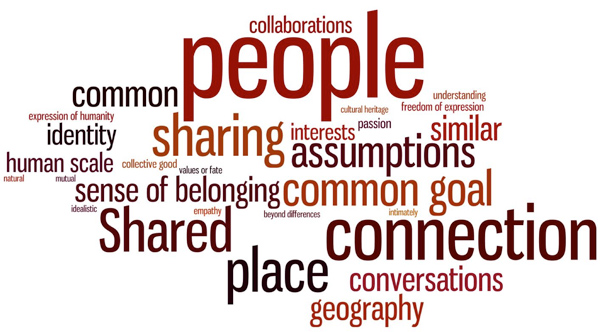
How do you see your role in the community?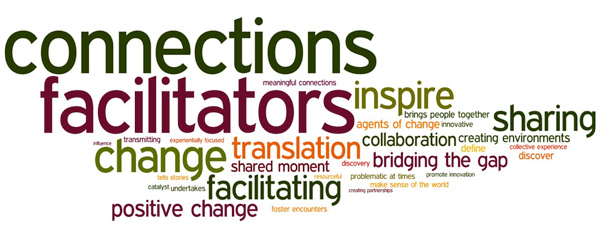
Talk about the work you’re doing in your community:
What was the catalyst for this work? What started you on this journey?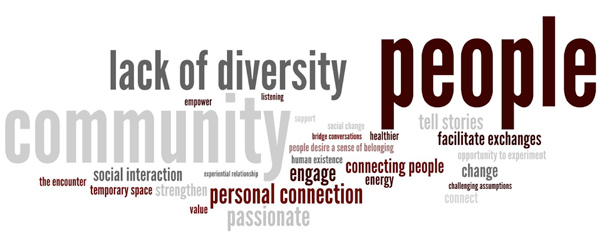
What is the driving force? What continues to motivate the work?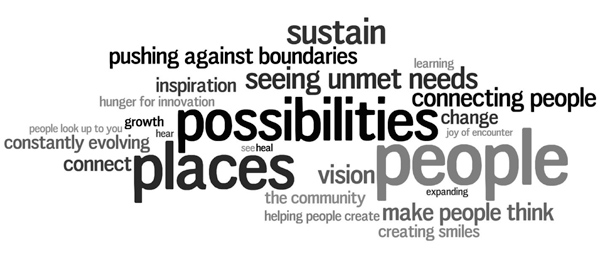
Who is it for? Who benefits from this work?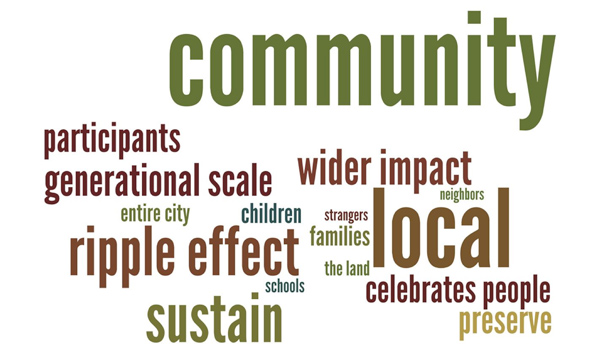
When you hear the terms “cultural sector” or “arts and culture field” do you feel that includes you? Why or why not?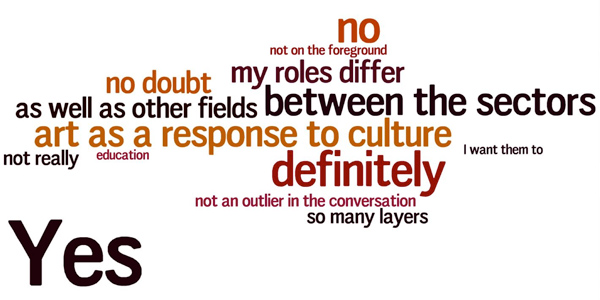
Why do you think people are talking about creative placemaking so much now?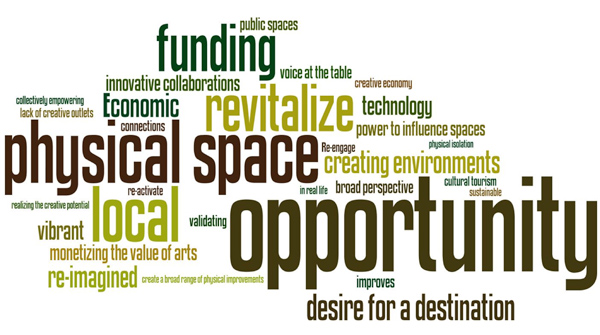
Finally, fill in the blank: Creative/cultural work makes communities _______.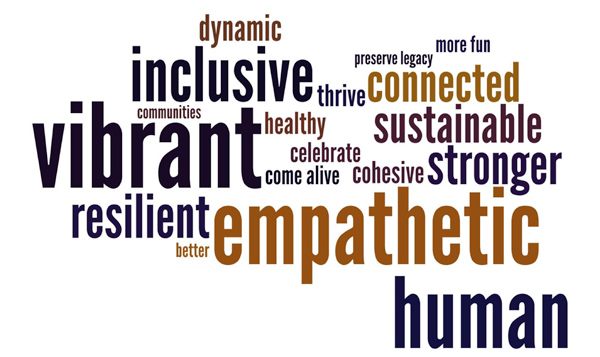

Of course the answer to the question “Why do you think people are talking about creative placemaking so much now?” is OPPORTUNITY in big letters. Creative placemaking projects, projects that require engagement, projects that have community interests as a final goal are the projects that funding institutions today are providing money for. Just take the NEA as one example. You are not going to get a project funded in partnership with an arts organization unless you can show how your project will engage the community, or provide some kind of service to a specific people in a specific locale.
I think it’s interesting to note that the questions asked that mimic the questions funding sources today are asking have big defined answers such as PEOPLE, COMMUNITY, and VIBRANCY. These are terms you hear over and over again in this neo-liberal language of “arts and culture.” But when asked what “What is the driving force? What continues to motivate the work?” no one large answer stands out.
Do artists not know what motivates them or are they afraid to give an answer that funding sources really don’t want to hear? I think the later.
As an organization devoted to artists and the artistic process, we are increasingly left out of the funding equation and ineligible to apply for support from many sources understandably interested in creative placemaking and community engagement.
We will provide 80 artists from around the world with 30 days each of uninterrupted time. We are located on remote, isolated acreage. While here with us they have no obligations except to their own muses. It is THEIR time to nourish themselves. Well over half of them have substantive community engagement practices back home–in New York, in Detroit, in Seattle, in Bogor, Indonesia and Sao Paolo, Brazil. Just not here.
We know time here is transformative–creating cross-displinary collaborations and friendships that last for years. But there are a precious few foundations who “get” our place in the cultural vitality landscape (thanks goodness for them). There isn’t even a category for us at our state arts agency. It is indeed a challenge.